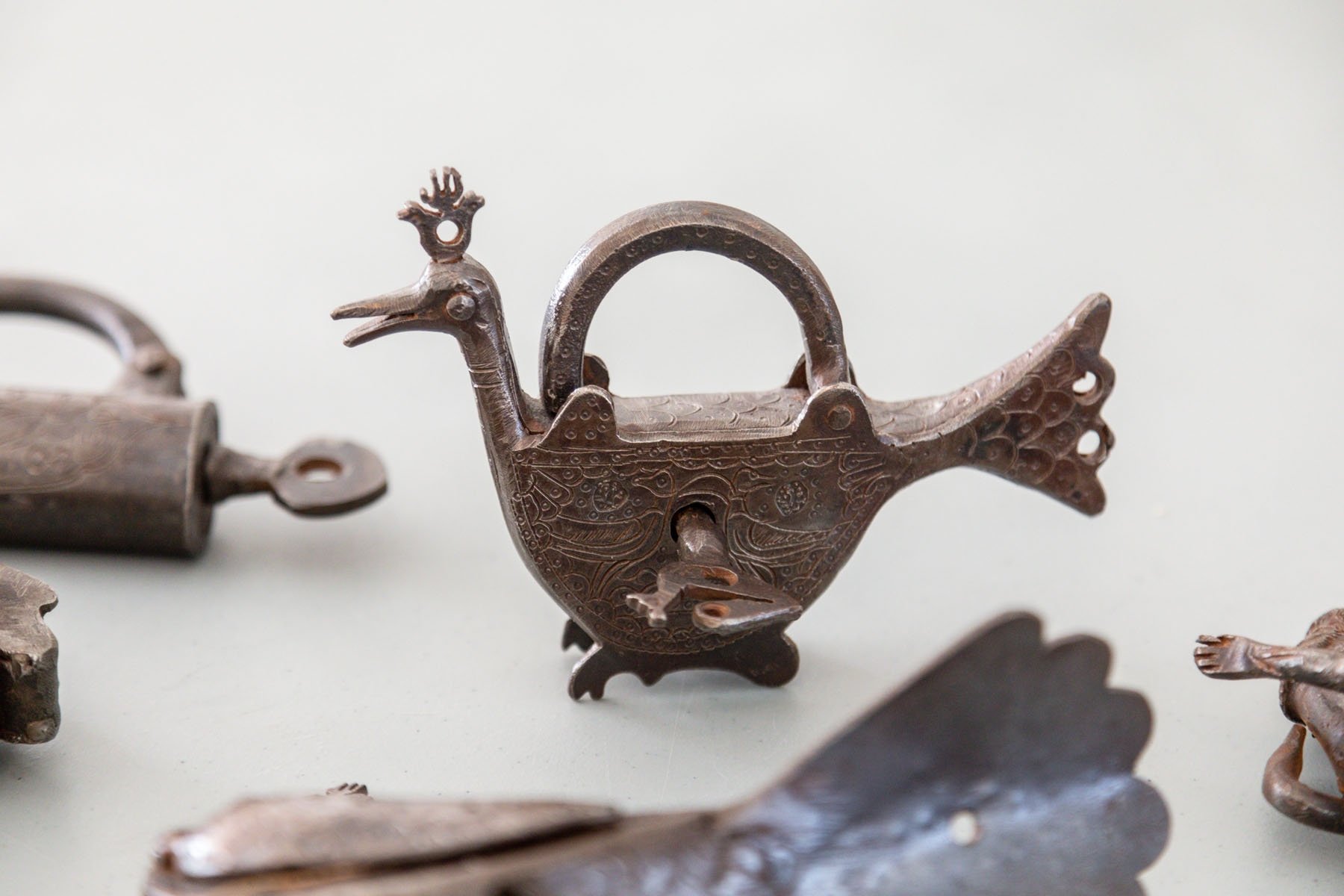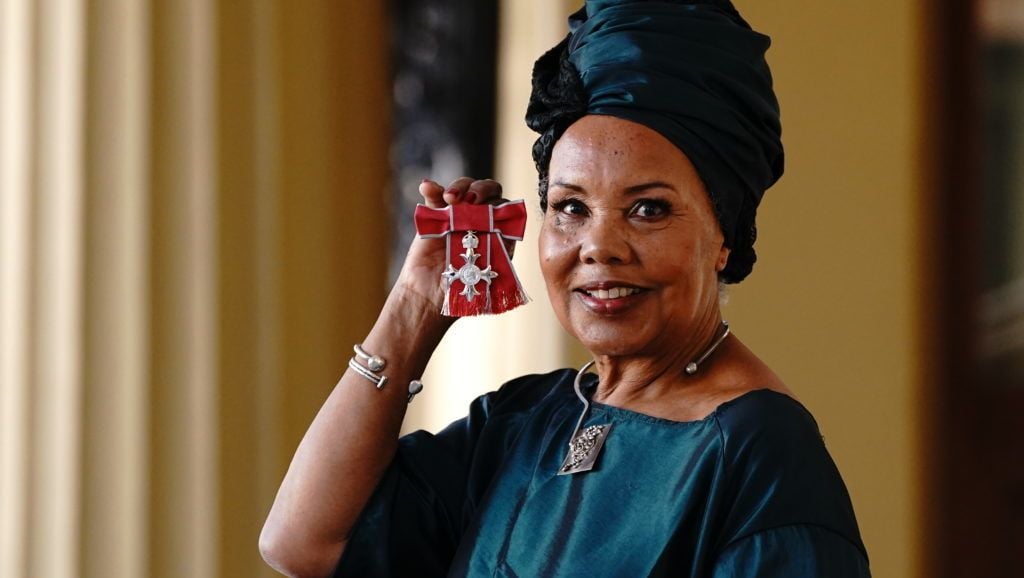The Musee d’Art et de Culture Soufis MTO (MACS MTO), the first museum dedicated to the art and culture of Sufism, opens in Chatou, a suburb of Paris, on Sept. 28. A permanent collection of Sufi art and cultural objects and a program of contemporary art exhibitions, talks, events and workshops, will reveal the rich contribution Sufism has made to global art and culture throughout history, from the musical traditions inspired by Sufi mystic poets such as Jalaluddin Rumi and Shams al-Din Muhammad Hafiz to the performances and paintings adapted from Farid ud-Din Attar’s writing.
The collection largely dates from the 19th century to the present day with the oldest items from the Achaemenid Persian Empire (550–330 B.C.).

The Museum includes 600 square meters of exhibition space across three floors as well as a Sufi garden and an archival research library. Many of the objects and practices represented in the collection - sculpture and site-specific installation, music, textiles, calligraphy, manuscripts, and ceramic and mirror mosaics - hold significant symbolic meaning in Sufism. These include a monumental granite kashkul sculpture (1974–76), modeled on the distinctive travel accessory of dervishes - Sufi seekers who embrace an ascetic life in pursuit of divine illumination.
The sculpture is designed with precise calculations from Sufi numerology (jafr) by Hazrat Shah Maghsoud Sadegh Angha, the 41st Master of the School of Islamic Sufism. Historically, kashkuls, a Persian term for alms bowls, were carefully hollowed and polished from the coco de mer seed. Stripped of their fruit and smoothed by their journey across the sea, kashkuls are symbolic of the Sufi journey of spiritual purification and enlightenment.
Sufism has enabled its practitioners to take a path toward self-knowledge and mindfulness since the seventh century. MACS MTO aims to establish a dialogue between the principles of Sufism and ideas presented through contemporary art and culture. The Museum’s inaugural exhibition, "Le Ciel interieur" ("An Inner sky"), features the works of seven international contemporary artists, selected for their connections and affinities to Sufi values and relationship with spiritual thought and contemplation.
Works are shown throughout the permanent collection of Sufi art and cultural objects. The artists, many producing new works in response to the collection, are Bianca Bondi (South African, b. 1986), Monir Shahroudy Farmanfarmaian (Iranian, 1922–2019), Seffa Klein (French-American, b.
1996), Troy Makaza (Zimbabwean, b. 1995), Chloe Quenum (French-Beninese, b. 1983), Younes Rahmoun (Moroccan, b.
1975) and Pinaree Sanpitak (Thai, b. 1961). Monir Shahroudy Farmanfarmaian was one of Iran’s most respected artists.
Her seminal mirror-mosaic works, featured in the exhibition, were influenced by the architecture of the Shah Cheragh mosque in Shiraz and the work of leading Sufi scholar, Annemarie Schimmel. Younes Rahmoun is strongly influenced by Sufism, which is an integral part of his life, as well as Zen Buddhism and meditation. These references are reflected in his use of color, form, numbers and concepts.
Pinaree Sanpitak is known for her exploration of femininity, motherhood and spirituality. Inspired by Pakistan’s malangs (darvishes) she has made new paintings in dialogue with the museum's collection of kashkul sculptures and its resonance with the recurring vessel motif in her work. Troy Makaza will make a new woven silicone installation inspired by ideas of visibility and invisibility, exploring prominent Sufi themes of the transformation of elements and the symbolism of plants.
Chloe Quenum references the role that objects play in circulating knowledge as she continues her exploration of archives with a new installation inspired by the collection and the garden. Seffa Klein will exhibit luminous paintings made using the technique of electrochemical oxidation to create a range of colors from the heavy metal bismuth. Similarly, Bianca Bondi uses chemical reactions in her sculptures, such as oxidation and crystallization, to explore the transformation of matter and life.
Within Sufism, gardens are considered to be an earthly paradise and MACS MTO’s garden will provide a tranquil and meditative space for individuals and events. It will feature both the symbolic flora typical of Sufi gardens, such as cypresses, fruit trees, roses and jasmines, alongside plants and flowers often found in French gardens. Alexandra Baudelot, Director of Musee d’Art et de Culture Soufis MTO, said: “The Museum creates space for dialogue between audiences and artists, for people of all faiths and none.
Through the growth of our collection, diverse programs, and collaborations with contemporary artists and multidisciplinary thinkers, we look forward to developing a wider understanding and engagement with the rich cultural expressions of Sufism through discovery, culture and scientific research.” The Museum is located on the banks of the Seine in the Parisian suburb of Chatou, facing the historic Ile des Impressionnistes and housed in a 19th-century mansion. Acclaimed French scenographers Atelier Maciej Fiszerand architects Ducatillion Gimel have led the extensive renovation of the building, transforming it into an accessible and environmentally sustainable cultural space.
The redesign preserves original features, including wall and ceiling cornices, mosaic tiling, a Neoclassical pediment, and the ultramarine blue of the building’s facade. The establishment of the Museum was initiated by the Maktab Tarighat Oveyssi Shahmaghsoudi - School of Islamic Sufism. Today, MTO Shahmaghsoudi is an international nonprofit organization with around 150 centers worldwide, spanning six continents.
They strive to teach the principles of love, unity and harmony inherent in Sufism and are characterized by openness to students from all backgrounds. MACS MTO is supported by the philanthropic organizations American Friends of Sufi Arts, Culture and Knowledge (AFSACK) and Canadian Friends of Sufi Arts, Culture and KnowledgeTM (CFSACK)..



















